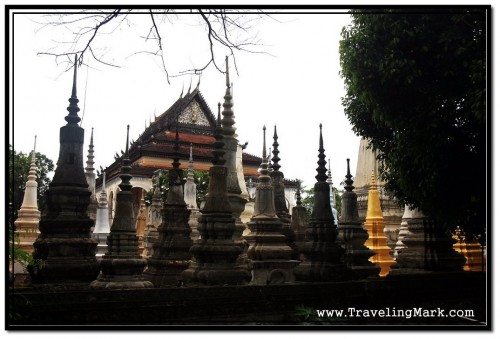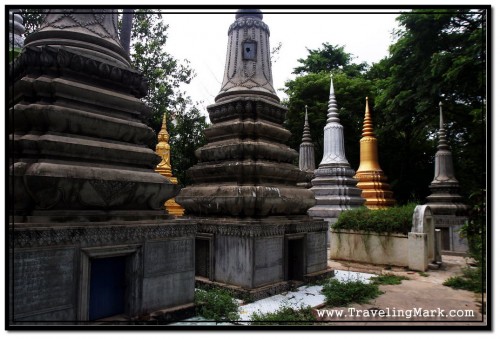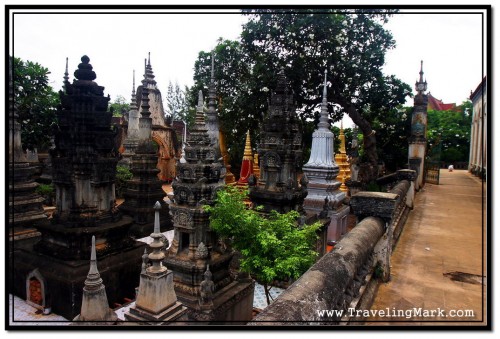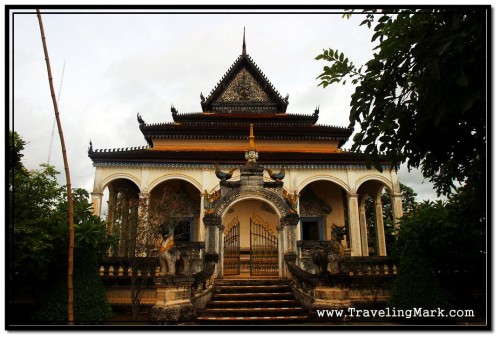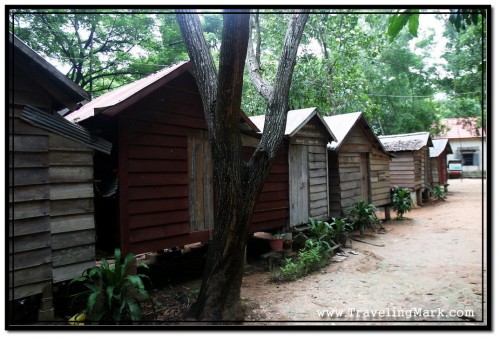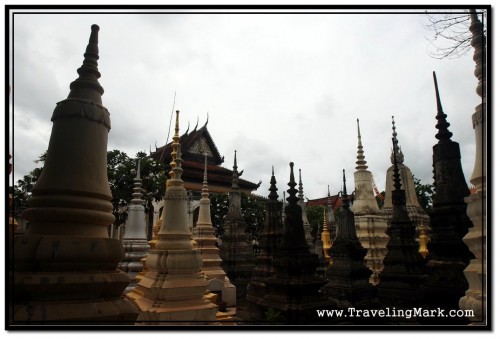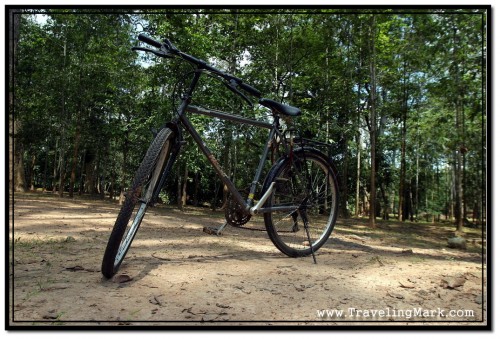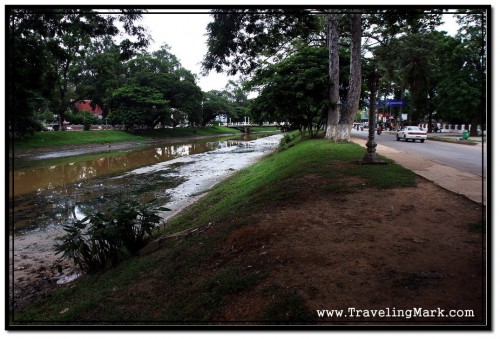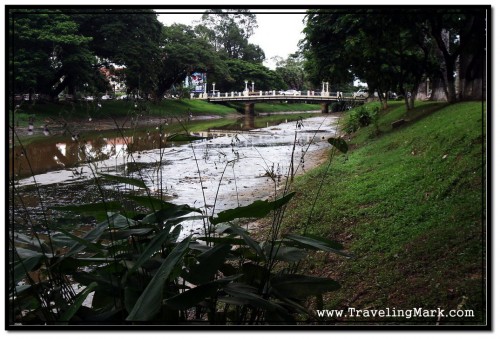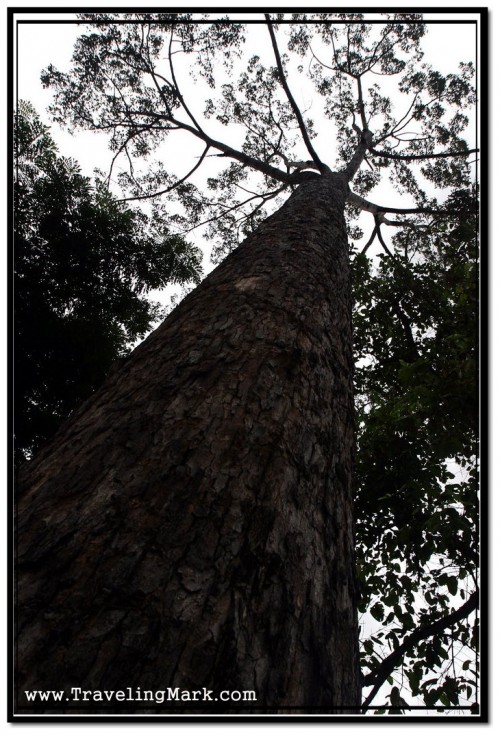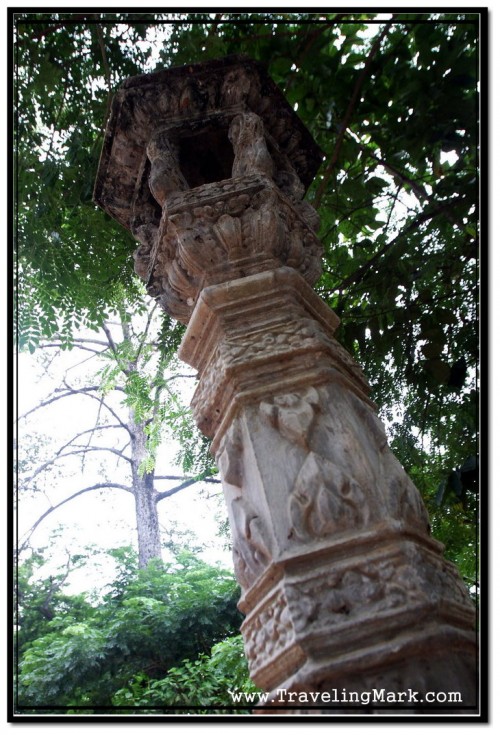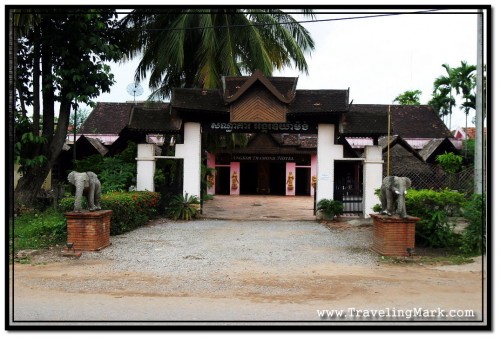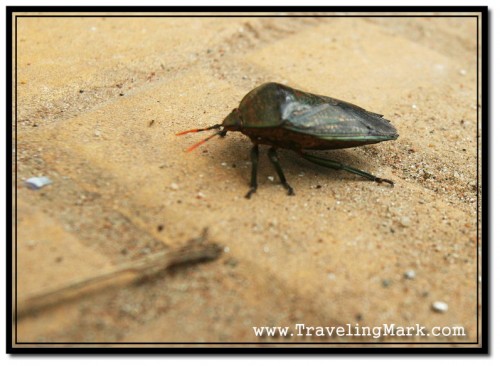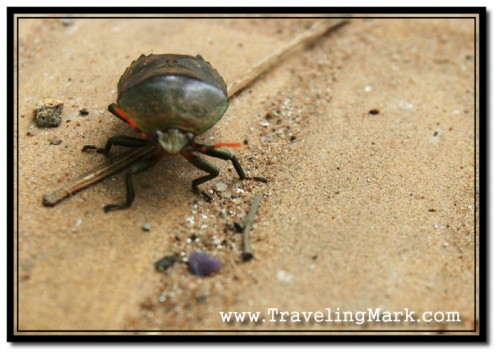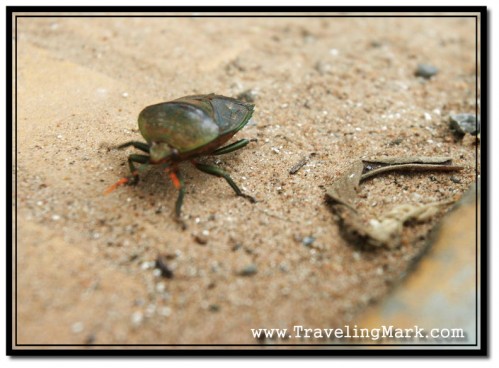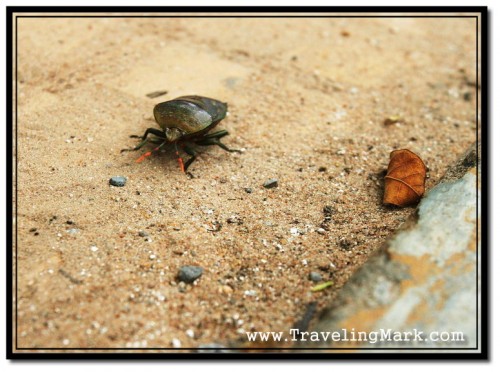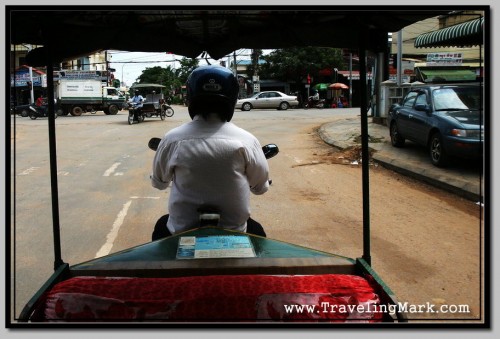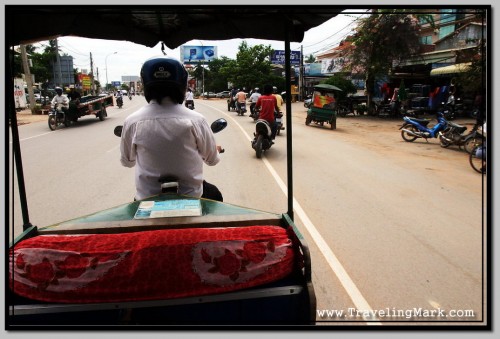As you travel through the third world countries, you will encounter beggars a lot. As a budget traveller who’s on the tour around the world, I have to spend wisely and giving away may in return put me in a position of a hungry and a lost. Furthermore, beggars who sell trinkets of no value on a pretense of working so they don’t have to beg are a no no for someone like me as well. If you move from place to place and none is your long stay home, you carry all you have with you. In such cases there is simply no room for anything that’s not essential. But none of these are main reasons why I never give to the beggars and why neither should you.
Who Are the Beggars?
When you set foot in third world countries, you will notice that beggars are always people who are intensely difficult to say no to: children, old people, visibly disabled, etc. It is not unusual to see a 7 year old boy carrying his 2 year old little sister with big, beaming eyes locked on your food in his arms. He would gently tap you while you’re lavishing on your breakfast and would make a movement with his available hand to simulate the food putting in his mouth. He will bear a very sad face, often with cheeks visibly marked with tears and his little sister will add to it by delivering the look of a completely innocent, yet hungry child. How do you say no to that?
And that’s exactly it – “how do you say no to that?” People who send those kids after tourists to beg them out of money realize that it is near impossible to say no to children like that. That’s why they send them and don’t go begging themselves. Children are easy to exploit and so are old and visibly disabled people. When you see an old person who should be enjoying their retirement after whole life of hard work, but instead looks in bad shape, underfed, dirty wearing worn out clothes, you can’t help but feel sorry and willing to help. But sadly, more often than not, they are out there because their looks are so striking, they are more likely to succeed. And are easy to force into begging.
It is the same with visibly disabled people. When you see a person with both arms missing and a sign hung on his neck stating that he has no chance at getting a job being disabled in a country with extremely high unemployment, you can easily relate and feel sorry for the person. Fact is, they scarcely have easy lives no matter where they live, but their custom tailored “sales copy” with which they appeal to you clearly shows how well they are prepared for begging and how well polished their begging methods are.
Fact of a matter is, it’s always people who are strikingly difficult to resist because their looks will touch the soft spot of even the toughest of persons who go out begging. That fact itself should raise alarms and say a lot about how easy these people could be potentially exploited or abused to benefit from their misfortunes.
Things Beggars Say
There are certain things beggars like to say. They are in it for one and only reason – to get as much money out of other people as possible. This is their sole purpose and they are ready and willing to do/say whatever it takes to ensure maximum efficiency of their “performance”. They know darn well that if they said that they are only begging because their parents told them they would not buy them new bicycle unless they bring in $20 a day, it may not tarnish desired results. Hence they will say whatever appears to work the best, whatever appears to deliver results (make most people give most money). To say what they want to hear, instead of what you want to say is a known and safe method to achieve a goal not only among beggars, but also among many other professions.
When a lawyer makes closing speech before the members of jury, he/she will focus on highlighting things he/she believes will have the strongest impact on this particular set up of jurors. Picking up right lines to say is the key between winning or losing the case. And it’s no different with begging. Whether and how much is a beggar going to get from any particular person depends on what he/she says and how well he/she presents him/herself. Similarly, when hamburger company chooses the lines for their TV advertising, they will say what is most likely to get people to buy their hamburgers. They won’t base their sales pitch on how much MSG is stuffed in each patty or that occasional rats make it to the grinder where their patties are mass produced. No. They will say whatever is most likely to make your fat ass to get off the chair and buy one.
It is no different with beggars. Polished from talking to hundreds, maybe thousands of people each month, they already know what works the best and can even assess what would work best with which person. Believing that a sob story presented to you is true would be rather foolish. While some may be based on the truth, always keep in mind that beggars solely and strictly say what is most likely to yield best results (aka make you give them cash).
Why Giving to the Beggars Causes More Harm Than Good
The more easy money the beggars get, the more encouraged they will be to continue begging. If begging remains a profitable venture, why would they even consider trying something else? Parents will continue forcing their children onto the streets and pimps will continue exploiting the weak and disabled onto the same.
What To Do If You DO Have Money to Spare and Wish to Help Regardless?
The best thing to do is to take your funds to a charity with good track record of helping people in need. Local charities should have it down and know the people who really need help and also know those who just exploit children and disabled. This would distribute your contributions effectively and would target those you intend to target.
If you can’t help the urge and feel sincere need to help a beggar on the spot, buy them food or give them the rest of what you were eating when they approached you. Avoid giving them money or anything that has monetary value and can be taken to a pawn shop to sell. If you truly believe they are poor and need help, then there is nothing more important for them than good meal. Even inexpensive fruit would do the trick as it’s a tasty and nutritious snack. If you do give them money, they may not even get food as a result. Pimps could be watching from a car nearby and beggars would know it.
Don’t encourage begging and abuse by the pimps and parents. Don’t give beggars any money. You best not give anything to get these people off the streets because when there is no money to be made begging, no one will beg.
